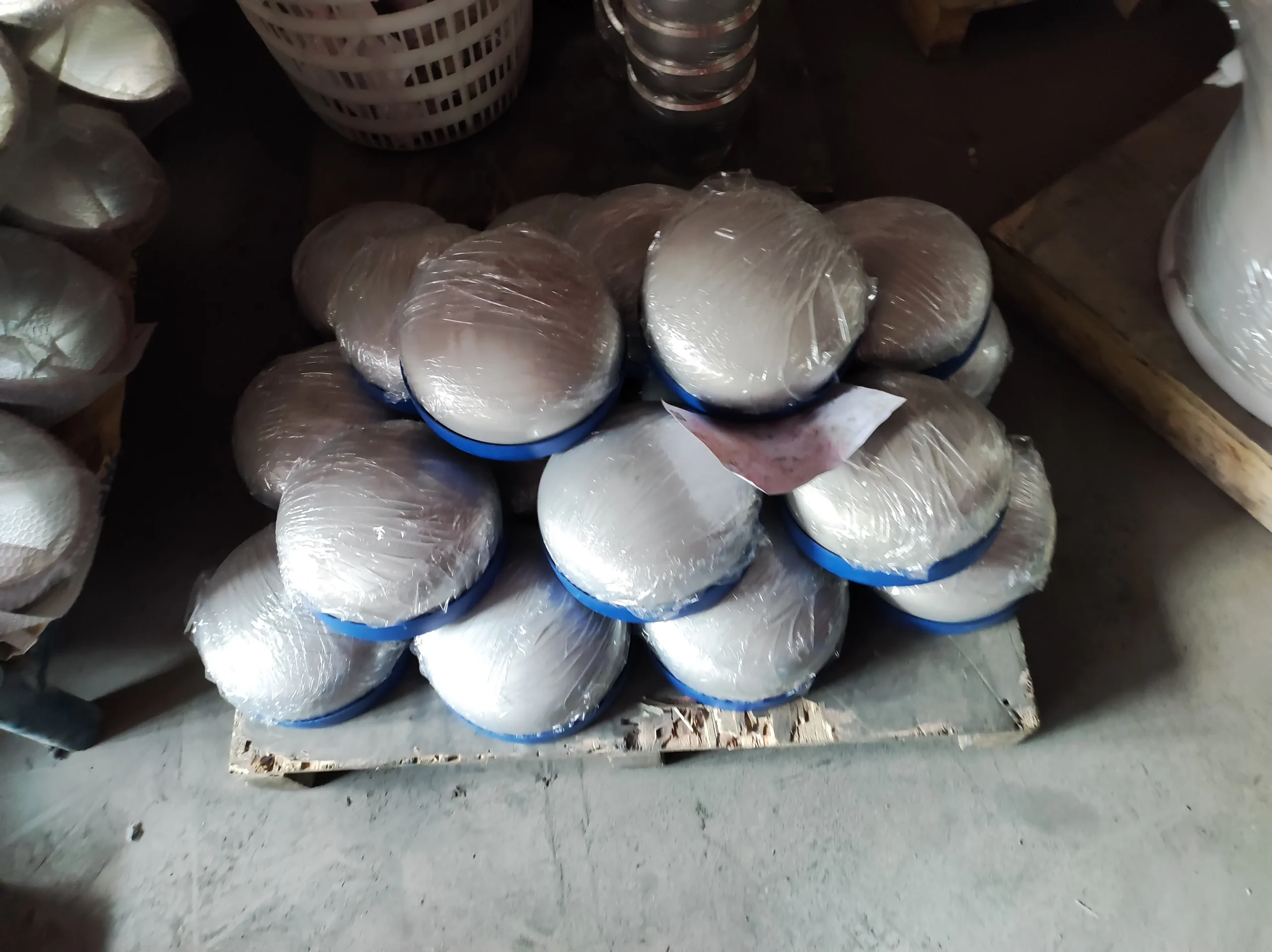Solution Treatment of Stainless Steel Pipe Fittings
Why does stainless steel pipe and fittings require solution treatment?
The reason is that it can help to restore the inherent corrosion resistance of stainless steel.
Due to carbide precipitation and lattice defects caused by cold processing, the corrosion resistance of stainless steel will get decreased. However, after solution treatment, the corrosion resistance of stainless steel pipe fittings can be restored to the best.
For stainless steel pipe and fittings, the most important three factors are temperature, preserving time and cooling speed. The temperature for solution treatment is determined by its chemical components.
Generally, more components and higher content of the alloy mean that the solution temperature shall be increased accordingly, especially for the steel with high content of manganese, molybdenum, nickel and silicon. The softening effect can be achieved and fully dissolved after the solution temperature goes up.
However, for some stabilized steels such as 1Cr18Ni9Ti, its carbides of stabilized elements will be fully dissolved in austenite at high solution temperature. After cooling, it will precipitate in the form of Cr23C6 at grain boundaries, resulting in intergranular corrosion. To prevent carbides (TiC and Nbc) of stabilized elements from decomposition and solid solution, low solid solution temperature is recommended to be adopted.
The stainless steel we usually talk about refers to the steels which is uneasy to rust. In fact, some stainless steels have both resistance towards rust and corrosion. And this is achieved by the chromium-rich oxide film (passivation film) on its surface. For stainless steel, its rust resistance and corrosion resistance are relative.
Experiment has shown that the corrosion resistance of stainless steel in atmosphere, water and oxidizing medium is related to chromium. Higher content of chromium will bring a better corrosion resistance. When the chromium content reach 100%, it will become non-rust-resistant and corrosion resistant.

Heating temperature, preserving time and cooling speed are the three main parameters that should be controlled in solution annealing:
In principle, the heating temperature can be determined according to the corresponding phase diagram. And the upper limit temperature is usually close to the solid line temperature or eutectic temperature. Under such a high temperature, the alloy will have the maximum solid solubility and fast diffusion rate. However, the temperature shall not be too high, otherwise it will lead to low melting point eutectic and grain boundary phase melting, which is known as over-burning phenomenon, bringing quenching cracking and reduced toughness.
The minimum heating temperature shall be higher than the solution curve (Line AB in the figure), or the performance of steel will not meet the requirements after aging. The range of permissible heating temperatures may vary widely from alloy to alloy. The heating temperature range of some copper alloys and alloy steels is wide, while the quenching temperature range of most aluminum alloys is very narrow, some even only allows the differences of 5 Celsius Degree.
The purpose of temperature preservation is to sufficiently transform the alloy structure to the state required for quenching. And preserving time mainly depends on the alloy composition, the material pretreatment, original structure, heating temperature and so on, as well as the amount of furnace, workpiece thickness, heating method and other factors. If the original structure is fine, the heating temperature is high, the loading quantity is small, or the workpiece section size is small, then the preserving time will be short.
For solution annealing, it generally adopts fast cooling. And its goal is to inhibit the precipitation of the second phase during the cooling process and ensure the maximum supersaturation of solute atoms and vacancies, so that to obtain the highest strength and best corrosion resistance after aging. And water is widely used as an effective quenching medium. Most aluminum, magnesium, copper, nickel and iron-based alloy products can achieve fast cooling speed.
However, quenching in water can easily cause large residual stress and deformation. To overcome this shortcoming, the water temperature can be appropriately increased, or quenching products in oil, air and some special organic media. And some special quenching methods can be adopted, such as isothermal quenching and fractional quenching.



